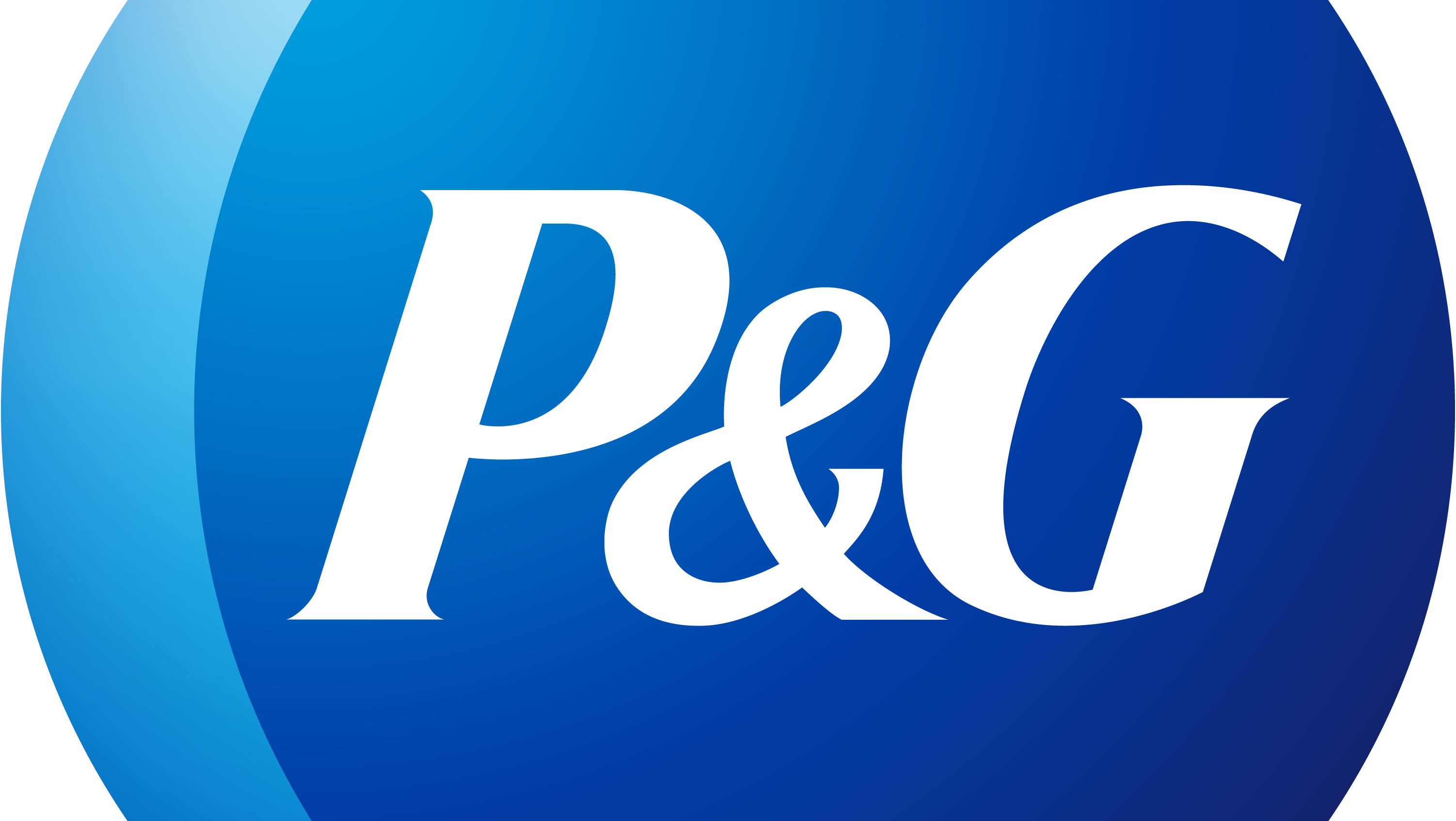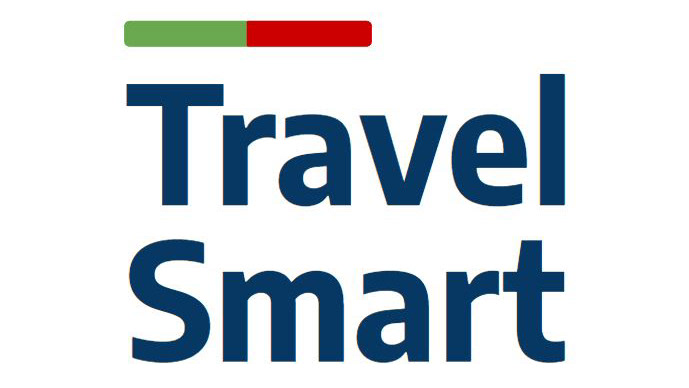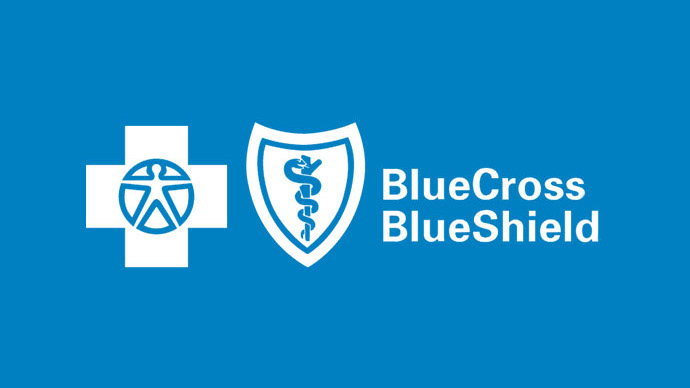Athleta
This project was for a 10-week studio course in Northwestern's EDI program on Design Strategy. My team of 4 focused on providing richer, more immersive product discovery for Athleta customers. See the final presentation deck here.
Skills
User interviews, insight development, future-casting, opportunity framing, storytelling, business model
My Role
As a user-centered designer on this team, my responsibilities included conducting ethnographic and trend research, developing insights, and forming strategic opportunities.
Background
For my Design Strategy class, my team was tasked with creating a strategy for Athleta, a women's athleisure brand. Our prompt was: how might we provide richer, more immersive product discovery by leveraging immersive technologies in-store and online?
We started by doing some initial research to understand Athleta - its mission, vision, brand, and customers. We learned that Athleta's mission is to ignite a community of active, healthy, confident women and girls who empower each other to realize their limitless potential. Their vision is to inspire women to recognize their capabilities through the power of "she" while creating a positive social and environmental impact. Based on Athleta’s mission and vision statements, we crafted this goal:
Athleta seeks to provide women with product discoveries for every stage of their day and life by leveraging immersive technologies in-store and online.
Understanding Athleta's brand
Research
Our four main objectives going into our research were:
-Understand the athleisure marketplace and Athleta’s brand image
-Uncover and futurecast product discovery trends over a range of industries
-Understand the motivators that drive users to discover and accept new products
-Gain insight into the product discovery process focusing on the clothing use case
In order to reach these objectives, our team went on service excursions, conducted secondary research, and spoke with users.
Service Excursion
To immerse ourselves in the athleisure market, our team went on a service excursion to Athleta, as well as several of its competitors. We found that Athleta occupies a niche in the athleisure market by being built for women by women.
Diving deeper into the world of athleisure
Secondary Research
To uncover and futurecast product discovery trends over a range of industries, we performed secondary research. The highlights of this research were that companies are developing more experiences to allow customers to "try before they buy," and more technology is emerging to give customers more tailored experiences.
Delta’s Parallel Reality simultaneously provides each passenger with tailored information on a single screen.
User Interviews
For our primary research, we conducted 4 user interviews via dscout in the exploratory phase and then 4 interviews for user looks.
We spoke with women who are familiar with athleisure, and have a variety of styles and experiences with product discovery. From these interviews, our four emerging themes were:
Emerging themes and related quotes from user interviews
Synthesis
After conducting our primary and secondary research, we grouped our notes on technologies and customer behaviors. This allowed us to determine what overarching themes were emerging and where the opportunities for design would lie.
Our guiding insights that we were moving forward with our design ideation were:
Sizing Struggles: Women feel frustrated and hurt when clothing in "their size" doesn't fit their bodies
Overwhelming Options: Women want a personalized find that fits their evolving needs but currently feel overwhelmed by the seemingly infinite number of options
The Bigger Picture: Women want clothing that can fit into and elevate their existing wardrobe but struggle to visualize how different pieces work together
To summarize our findings, we developed a framework that walks through the customer journey showing the highs and lows of the online and in-person shopping experiences. Using this, we could determine how the pain points of each could be mitigated by following a hybrid trajectory, taking and elevating the best elements of both.
"Difference in Shopping Modalities" framework
Ideation
From our three insights, we were able to develop some questions under which we would be able to rapidly brainstorm ideas.
Women feel frustrated and hurt when clothing in "their size" doesn't fit their bodies:
- How might we use more understandable signifiers about clothing size and fit?
- How might we match women to clothing vs. the other way around?
- How might we help women to find their size before they try it on?
Women want a personalized find that fits their evolving needs but currently feel overwhelmed by the seemingly infinite number of options:
- How might we help women interact with a non-overwhelming amount of options while ensuring relevant ones?
- How might we provide women with a personalized shopping experience?
- How might we tailor the choices shown to women based on their wants and needs?
Women want clothing that fit into and elevate their existing wardrobe but struggle to visualize how different pieces work together:
- How might we make the experience of trying on clothes in-store more like trying on clothes at home?
- How might we enable women to create a digital copy of their wardrobe?
- How might we enable women to better visualize how their wardrobe comes together as a collective?
Women feel frustrated and hurt when clothing in "their size" doesn't fit their bodies:
- How might we use more understandable signifiers about clothing size and fit?
- How might we match women to clothing vs. the other way around?
- How might we help women to find their size before they try it on?
Women want a personalized find that fits their evolving needs but currently feel overwhelmed by the seemingly infinite number of options:
- How might we help women interact with a non-overwhelming amount of options while ensuring relevant ones?
- How might we provide women with a personalized shopping experience?
- How might we tailor the choices shown to women based on their wants and needs?
Women want clothing that fit into and elevate their existing wardrobe but struggle to visualize how different pieces work together:
- How might we make the experience of trying on clothes in-store more like trying on clothes at home?
- How might we enable women to create a digital copy of their wardrobe?
- How might we enable women to better visualize how their wardrobe comes together as a collective?
Concept
After we independently brainstormed concepts under our 'how might we' statements, we collaborated as a team and began refining them based on overlap in ideas and new ideas that were sparked during our discussion. With the direction of the retail experience being either physical or digital, we decided to take the best of each and create blueprints of what a customer's journey might look like.
Recognizing that we could create a hybrid customer journey that would elevate the best of what was already working well in the online and in-person shopping experiences
After much discussion on what direction we ought to take that would best serve our customers, we went back to our research and frameworks and realized that we had already identified the aspects of the online and in-person shopping experiences that worked well for them. Why not simply find ways to combine the best of each experience and elevate it?
Illuminate
Illuminate is a hybrid in-store and online experience that guides customers through digitizing their wardrobe, finding their size, and visualizing Athleta in their life. For women who want to compliment their existing wardrobe, but also forecast aspirational styles, Illuminate helps women to visualize how Athleta fits into their day, life, and wardrobe.
This solution is compromised of the following phases:
Implementation
Breaking down the concept into these phases allowed us to envision where the potential to partner with existing companies is. The complexity of the technology that would need to be implemented also informed our long-term plan of the effort it would take to roll-out the entirety of the concept.
Our team broke down ILLUMINATE's features using a step, stretch, leap framework to envision a path forward.




